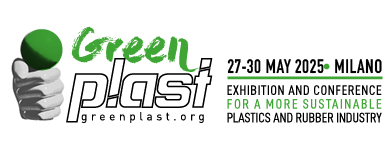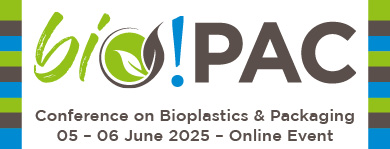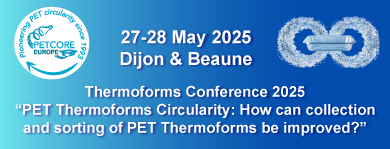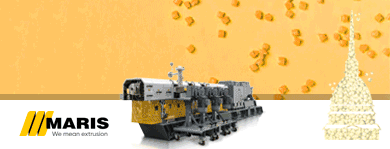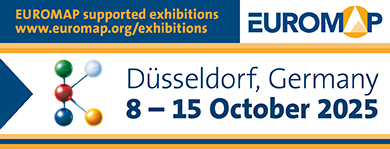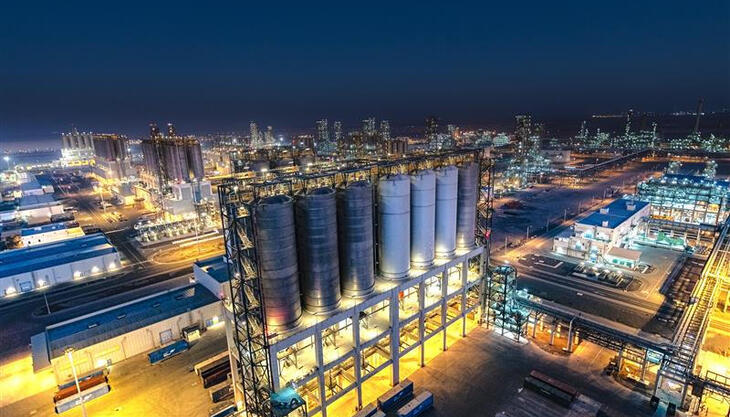Compounds for the food safety
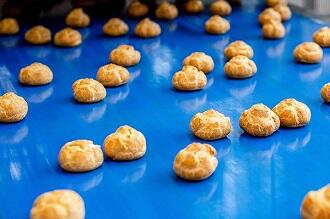
Recalling a food product from the market can have very serious consequences for the supplier and production chain involved. Whole sectors can suffer considerable damage to their image and reputation if polluted foodstuffs are allowed to go on sale, and this situation can have huge legal and economic repercussions, which are potentially fatal for the companies involved.
For this reason, the prevention of any form of contamination of food and beverages has become a top priority in the processing and packaging of products destined for human consumption. Preventing contamination can be a complex undertaking, especially when it comes to guarding against tiny, undetectable fragments of materials, such as plastic chips from work tools or foreign particles. Transparent plastic fragments can easily find their way into drinks and solid foods, where they may go undetected both by visual inspection systems and magnetic detectors.
When the safety barriers fail in this way, recall campaigns have to be mounted, and these often turn out to be far more expensive than it would have been to put in place appropriate preventive measures. Prohaccp is a Polish manufacturer of food industry safety systems that meet the strictest international standards, such as HACCP (Hazard Analysis and Critical Control Points), BRC and IFS. The Prohaccp catalogue includes technical articles made with plastic materials detectable by metal detectors and X-ray machines. These include inspection kits, pens and highlighters, containers, paper clips and bulldog clips, tapes, label holders, PPE, cutters and hinges.
The compounds chosen by the specialists at Prohaccp include the MDT (magnetically detectable thermoplastic) grades developed by Lati for use in the injection moulding of products for food industry safety. Magnetically detectable thermoplastics belong to a broader family of materials obtained by dispersing large quantities of fillers, detectable by magnetic detectors or X-rays, in various polymeric matrices, such as ABS, HDPE, PP, PA and PPS.
The materials formulated in this way can be supplied in blue, as traditionally required by the food industry, but also in other colours according to the customer’s requirements, for example, to customise or differentiate between the articles used. Naturally, it is possible to optimise the level of detectability so as obtain consistent and reliable compromises between traceability, mechanical strength, dimensional stability and resistance to temperature and chemical aggression.




